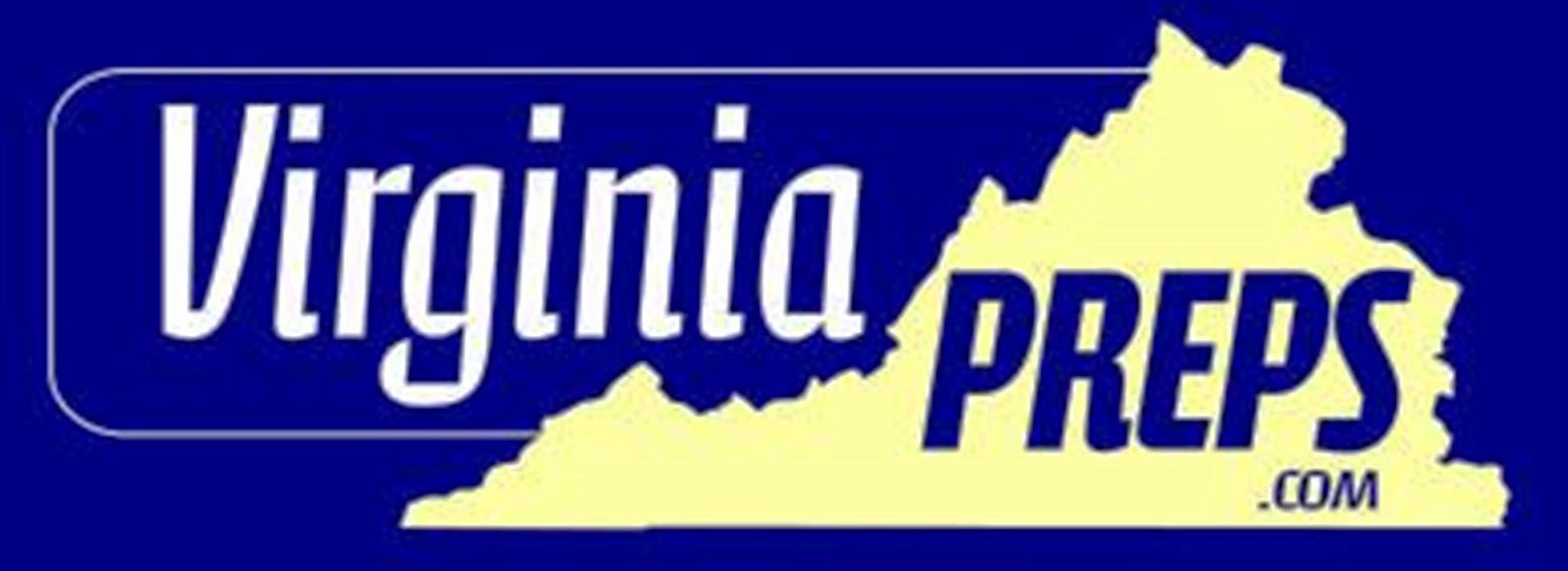Please note, these changes are made by a committee, not by football officials.
I don't agree with much of what's here, but I wasn't asked and I can't do anything about it. I remember being at a clinic with about 800 officials ranging from high school to ACC guys. The officiating coordinator for Conference USA, said the changes coming are non-negotiable. I realize that because as more and more people sue football organizations many years after they leave the field, liability insurance costs will get so high no school can afford it. These rule changes are an effort to keep that from happening.
It looks like that in order to save football, we're going to kill it.
http://www.nfhs.org/articles/new-bl...ss-risk-minimization-in-high-school-football/
I don't agree with much of what's here, but I wasn't asked and I can't do anything about it. I remember being at a clinic with about 800 officials ranging from high school to ACC guys. The officiating coordinator for Conference USA, said the changes coming are non-negotiable. I realize that because as more and more people sue football organizations many years after they leave the field, liability insurance costs will get so high no school can afford it. These rule changes are an effort to keep that from happening.
It looks like that in order to save football, we're going to kill it.
http://www.nfhs.org/articles/new-bl...ss-risk-minimization-in-high-school-football/

